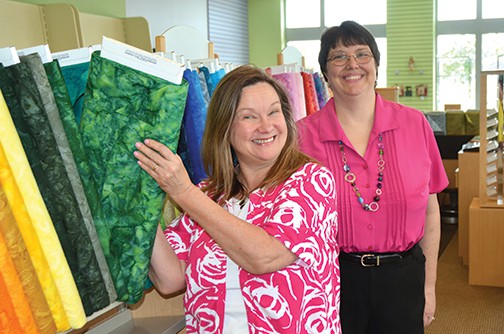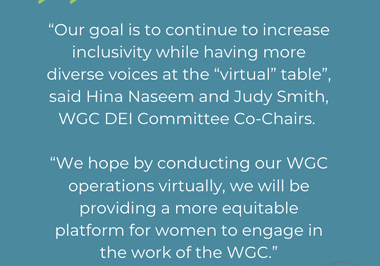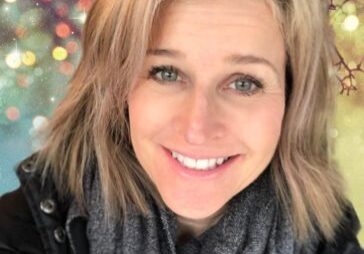By Martha Thomas
“Quilts used to be made from old rags. Now people buy new fabrics. This doesn’t make them any more beautiful, but it has elevated the respect given to old quilts.” – Sandra Royster
Sandra Royster made her first quilt in 1980 when she was 18 years old. Inspired by a quilt her great-grandmother had made, Royster used a spider web pattern with wedges stitched together to make octagons. She used brown, orange and yellow calico fabrics, a color scheme popular in the late 1970s.
Royster comes from a quilting family. Her grandmother had a quilting frame attached to pulleys in her West Virginia farmhouse. During the day, it was pulled up to the ceiling, out of the way, while she took care of the house and five children, and raised food while her husband was at work in the coal mines. In the evening, she’d lower the frame to quilt. “She made quilts to keep her family warm at night,” Royster says.
Quilting, once part of a frugal lifestyle, has recently seen a resurgence as a hobby. Today’s quilts are purposefully pieced with colorful designer fabrics, rather than made with leftover scraps from sewing projects or worn out clothes.
Today, Royster makes about 10 quilts a year, many for demonstration and display at the Maple Lawn shop she owns with business partner Debbie Albrecht. They opened Prints Charming, in the Methodist Conference Center last year, and their customers are more interested in the artistic than utilitarian value of quilts. “Quilting used to be just another chore, like doing laundry,” says Royster. “Now people don’t have to do it, they choose to do it.”
Along with its endless bolts of quilting fabric, batting and other supplies, Prints Charming offers classes – “everything from this is a sewing machine and here is how you wind a bobbin” to advanced techniques, says Royster. The shop also owns a long arm quilting machine, a combination quilting frame and sewing machine, which can be programmed to do the stitching on an entire quilt. “It’s a beautiful tool,” she says.
According to a 2010 Quilters Newsletter survey, there are 21 million quilters in the U.S.
In 1998, “Martha Stewart Living” featured quilter Denyse Schmidt, describing her work as having a “chic, modernist aesthetic.” For many quilters in the early days of the modern quilting movement, this was a turning point.
The Modern Quilt Guild: An exhibition of 19th and 20th century quilts by women from the isolated community of Gee’s Bend, Alabama, were described by “The New York Times” as ‘some of the most miraculous works of modern art American has produced’ and were displayed at the Whitney Museum of Art in New York City and the Baltimore Museum of Art.





